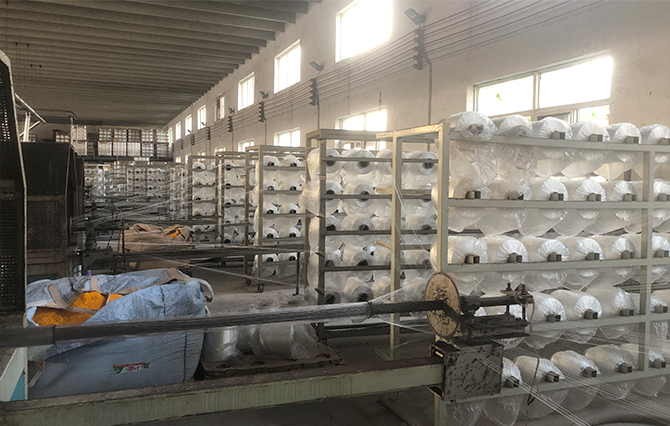oxygen and acetylene hoses
The Importance of Oxygen and Acetylene Hoses in Welding
Oxygen and acetylene hoses play a crucial role in gas welding, a process that has been an essential part of metalworking and fabrication for over a century. This method is still widely used today due to its versatility, affordability, and effectiveness in joining metals. Understanding the significance and proper use of these hoses is vital for safety and efficiency in welding operations.
Composition and Function
Oxygen and acetylene hoses are specifically designed to transport the two gases, which when mixed and ignited produce a flame that can reach temperatures exceeding 3,000 degrees Celsius (5,500 degrees Fahrenheit). The oxygen hose is typically colored green, while the acetylene hose is red. This color-coding is critical as it helps prevent confusion and accidental mixing of the gases, which could lead to dangerous situations.
The hoses are constructed from materials that can withstand high pressure and are resistant to flame and deterioration. Typically, they are reinforced with layers of synthetic rubber and may have a braided design to enhance their strength and durability. This quality is essential as both oxygen and acetylene are delivered under high pressures, and any leaks could result in hazardous scenarios, including fire or explosion.
Safety Precautions
When using oxygen and acetylene hoses, safety is paramount. Operators must conduct regular inspections for wear and tear, including checking for cracks, fraying, or any signs of damage. Hoses should be replaced immediately if any issues are detected to maintain a safe working environment.
oxygen and acetylene hoses

Moreover, hoses should always be properly secured and routed to prevent any kinks or sharp bends that could compromise their integrity. It’s essential to keep the hoses free from oil, grease, and other contaminants, as these substances can react violently with oxygen and may lead to dangerous situations.
In addition to careful handling of the hoses, welders should always wear appropriate personal protective equipment (PPE), including goggles, gloves, and flame-resistant clothing, to safeguard against potential injuries caused by sparks, flying debris, or exposure to intense light and heat.
Proper Storage and Maintenance
After use, proper storage of hoses is critical to prolong their lifespan. Hoses should be coiled loosely and stored in a shaded, dry area away from direct sunlight and chemicals. Special hose racks or hose reels can be utilized to ensure that they do not become tangled or damaged when not in use.
Regular maintenance is also advised. This includes checking for proper coupling connections to ensure they are tight but not overtightened, as well as ensuring fittings are clean and free from debris. Keeping the hoses at the recommended working lengths and not exceeding them can also help avoid unnecessary stress and wear.
Conclusion
In summary, oxygen and acetylene hoses are indispensable tools in welding that require careful use and maintenance to ensure safety and efficiency. Understanding their construction, adhering to safety precautions, and performing regular inspections and maintenance will not only enhance the welding experience but also safeguard the welder and those nearby from the inherent risks associated with high-pressure gases and open flames. As the welding industry continues to evolve, a commitment to safety and proper equipment handling remains pivotal for all operators.
-
Unrivaled Performance and Applications of PU Pneumatic Hoses and TubesNewsJun.11,2025
-
The Transparent World of Industrial Tubing and Hosing SolutionsNewsJun.11,2025
-
The Intricate World of Pneumatic Conduits: Tubes and HosesNewsJun.11,2025
-
The Dynamic Landscape of Pneumatic Conduits: Unraveling Key ComponentsNewsJun.11,2025
-
The Diverse Applications and Significance of Transparent PVC TubingNewsJun.11,2025
-
High - Pressure Pneumatic Tubing and Systems: An In - Depth LookNewsJun.11,2025














